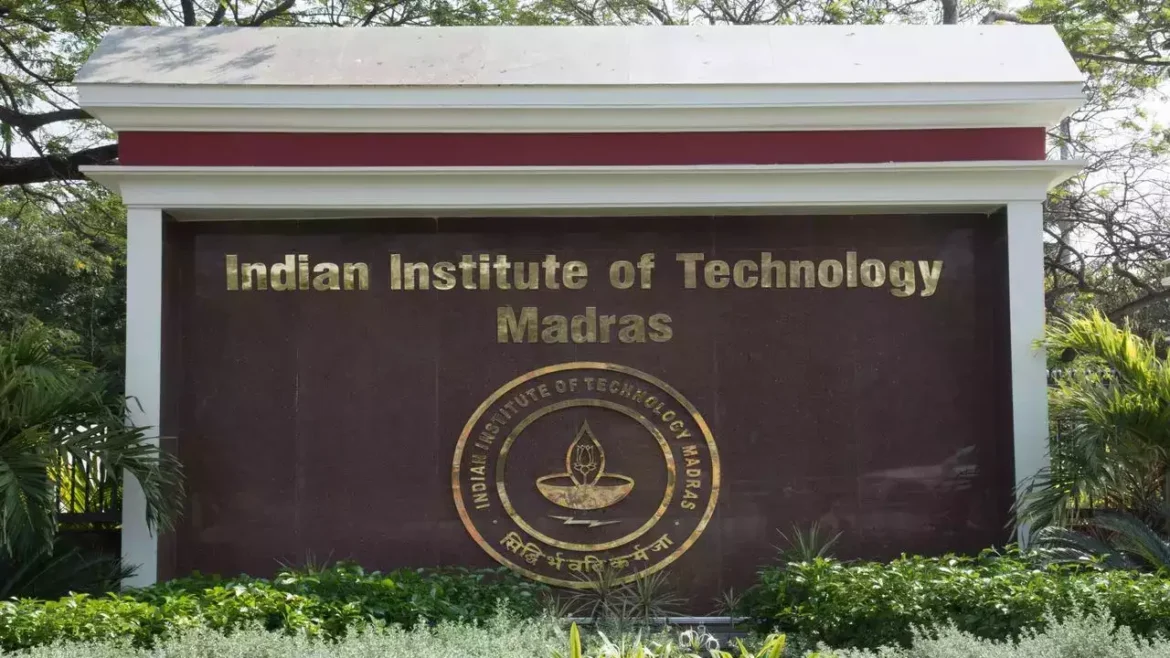Researchers from IIT Madras have recently developed and patented a technology that enables the generation of electricity from both tidal waves and winds. Known as the ‘combined power generation technology,’ this energy converter system can be utilized as a vehicle to generate, transmit, and store power, while requiring less expenditure and maintenance.
The converter technology operates by employing a wind turbine mounted on the roof of a vehicle, which generates wind energy and converts tidal energy into electrical energy. The researchers have identified five systems within this technology that facilitate the conversion of wind and tide energy into electrical energy.
These systems include a spring-assisted mechanism, an adjustable guider structural support mechanism, a main shaft equipped with five converter gear shaft mechanisms, a direction converter gear mechanism, a flood level adjustable mechanism, and a gear coupling mechanism. To convert tidal energy into electrical energy, a five-gear mechanism is employed by the converter system.

The research effort behind this innovation was led by Sadham Usean Ramasamy, a Ph.D. research scholar from the Department of Mechanical Engineering, along with Prof. A Seshadri Sekhar, former head of the same department, who is currently serving as the director of IIT Palakkad.
Prof Sekhar highlighted the significance of this energy converter system, explaining that its purpose is to generate electricity in coastal areas in order to reduce overall electricity consumption. He emphasized its advantages such as reduced costs, lower maintenance requirements, and provision of clean energy. Additionally, this converter system has the potential to function as a mobile vehicle. Tidal energy was also emphasized as a clean and sustainable energy source with predictable characteristics, making it a viable option for power generation.
Prof Sekhar further elaborated on the converter system, describing it as a remote-controlled system capable of being relocated based on wave height and power generation demands. The five gear converters incorporated into this technology allow for the operation of at least one generator, along with the installation of a vertical-axis wind turbine on the roof of a double-decker vehicle. The wheel arrangement of the vehicle, based on chain teeth or tooth profiles, facilitates easy relocation from one place to another.

The researchers highlighted the unavailability of simple continuous energy converter technologies for power generation at present. Looking ahead, they plan to prevent major corrosion by locating the entire converter system onshore. Moreover, the team is focused on scalability by employing 3D printing and other technologies in the construction of the device.



